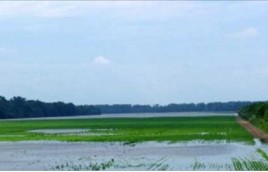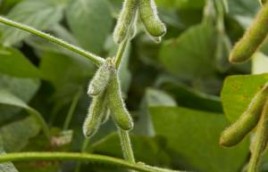By Harwood D. Schaffer and Daryll E. Ray is Emeritus Professor, University of Tennesse
November 13, 2015
Crop insurance has been in the news quite a bit in the last couple of weeks and little of it is supportive of the program, on the one hand, or good news for farmers who are facing well below-the cost-of-production harvest-time prices, on the other.
Let’s start with the item that has the most immediate impact on farmers–low harvest-time prices. According to calculations made by Gary Schnitkey at the University of Illinois, with a harvest-time price of $3.83 per bushel on a $4.15 projected price, corn yields will need to be at least 8 percent below the production history specified in the policy for revenue insurance to make a payment–and that...
Read more
0
Crop Insurance Under Fire From Two Fronts



